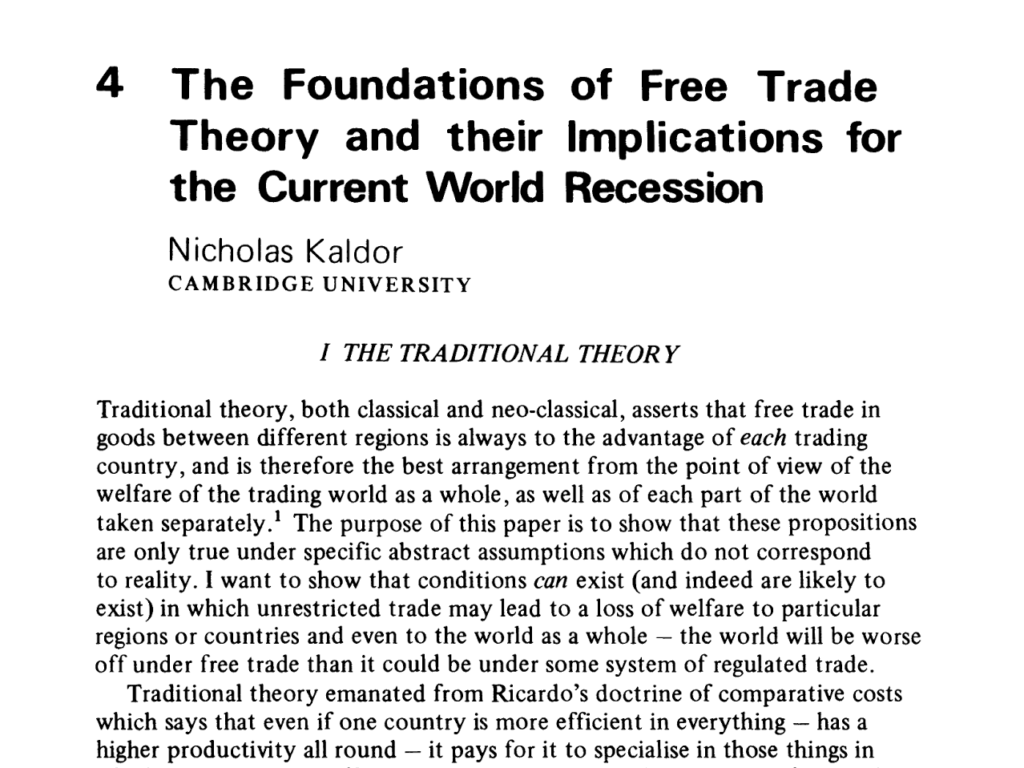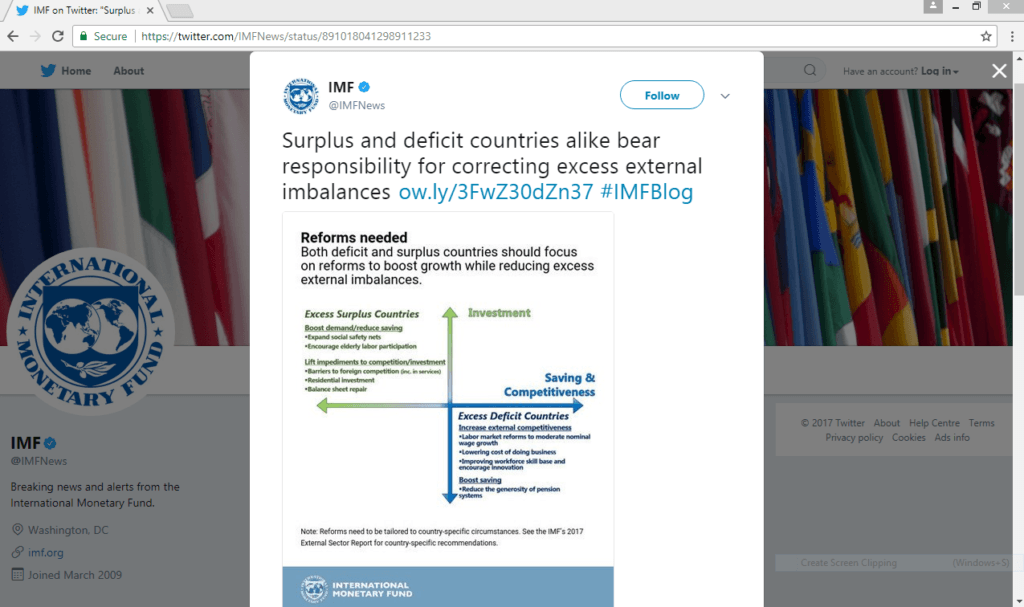John Cassidy has a nice article titled A New Way To Learn Economics for The New Yorker on a new online introductory economics curriculum. produced by a lot of collaborators.
I went to the website which has the full book. Although there seems to be some progress, I have a strong reservation against it.
The chapter titled “Banks, money and the credit market” has a much better description on it than textbooks widely used, such as the ones by Paul Samuelson, Gregory Mankiw or Paul Krugman. On a cursory look, I didn’t find anything about the “money multiplier” model. Instead, the book says that central banks set short term interest rates and this has an effect on aggregate demand. If I missed something and if you find something orthodox, please let me know.
The chapter on fiscal policy looks like being written by fiscal hawks. There is a description of the government expenditure multiplier, which is not much different from other textbooks. There’s no mention of the more complicated nature of this process because of interactions between stocks and flows. For example, in stock-flow coherent (SFC) models, this one-step multiplier has a limited role.
Now, fiscal policy has strong effects and the book hardly does justice to any of this. It reads more like a defense of the establishment wisdom.
But it is in the area of international trade and globalization under the current rules of the game that the book is the most disappointing. The authors do tell students that it can produce “losers” but the problem of such an approach is that it doesn’t appreciate the fact that it leads to polarisation and divergences in fortunes of nations, instead of individuals. The assumption and conclusion (the same thing in most of economics!) is that if losers are compensated, fortunes of nations can converge.
This by Nicholas Kaldor, written in 1980, is change.
Not the new book, The Economy.
As Morris Copeland emphasised, the root problem of economics is the total confusion of anyone and everyone on what money is. And his approach shows us that it’s not complicated. One just needs to study flow-of-funds or social accounting. There is hardly any emphasis of this in the book. Till then, students will remain confused and ignorant about the way the world works.

